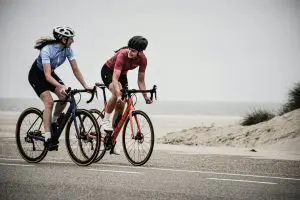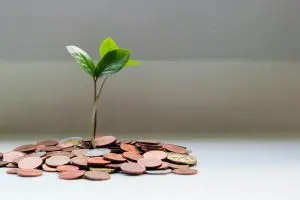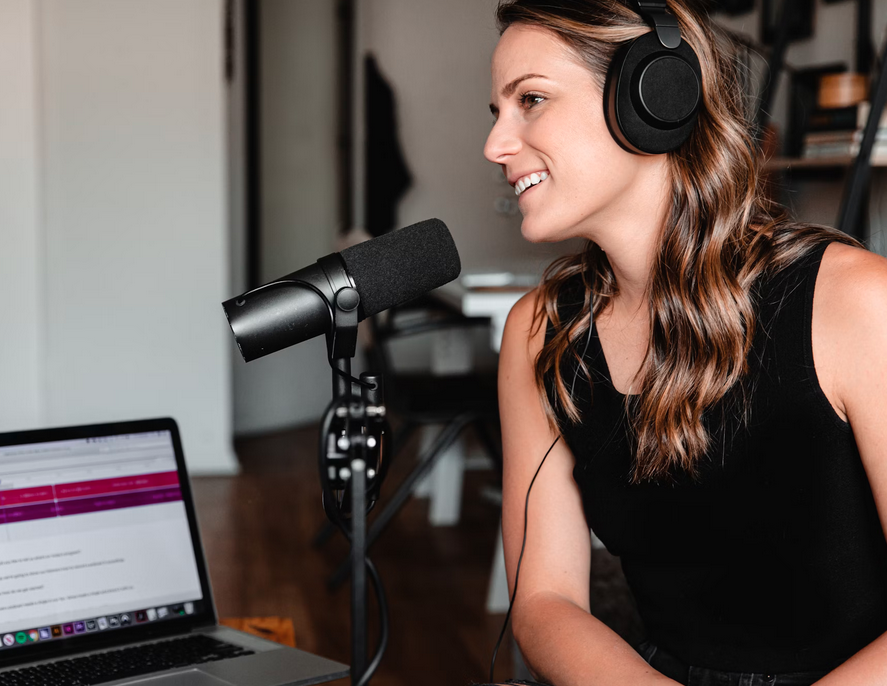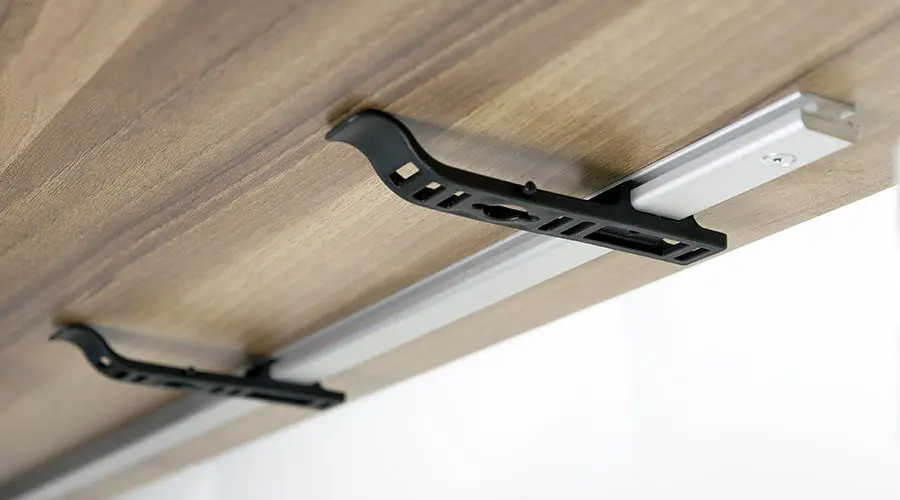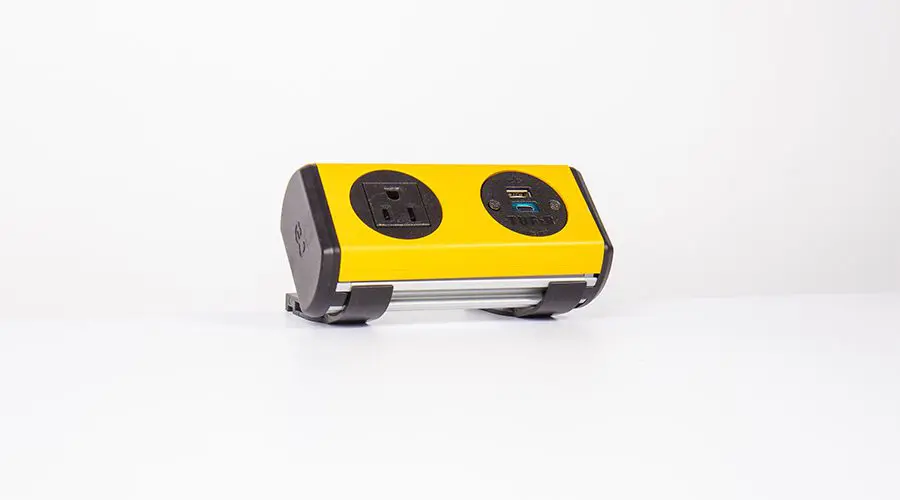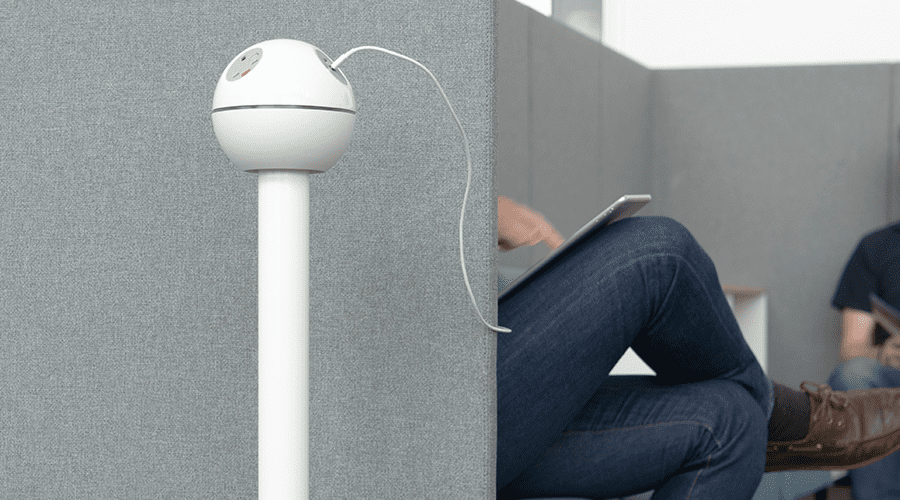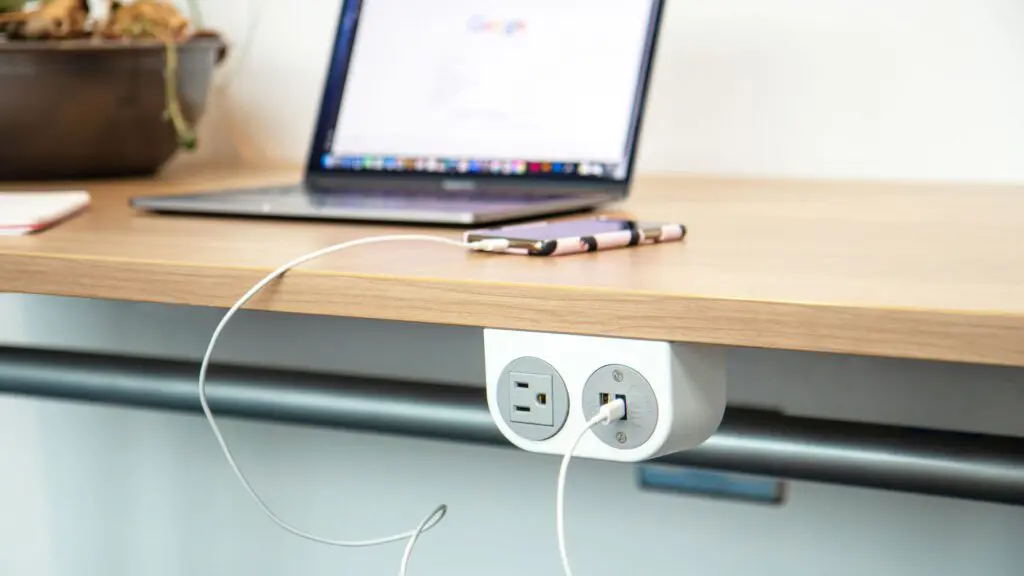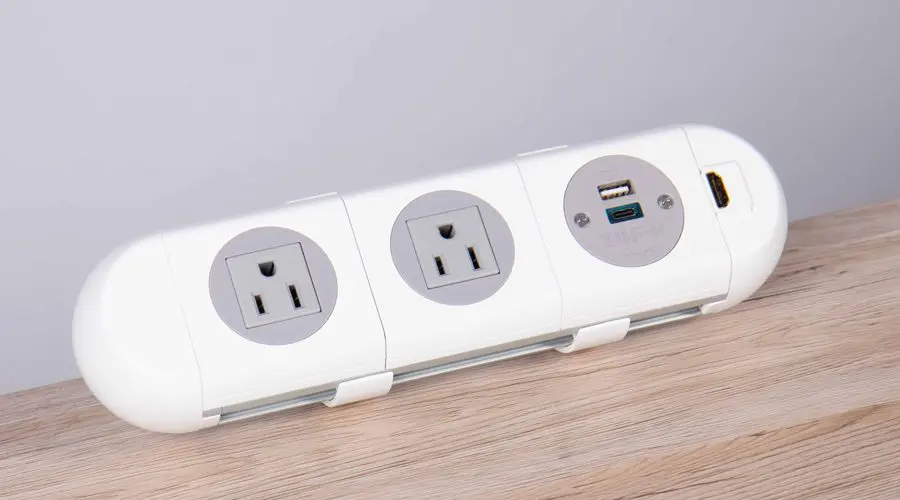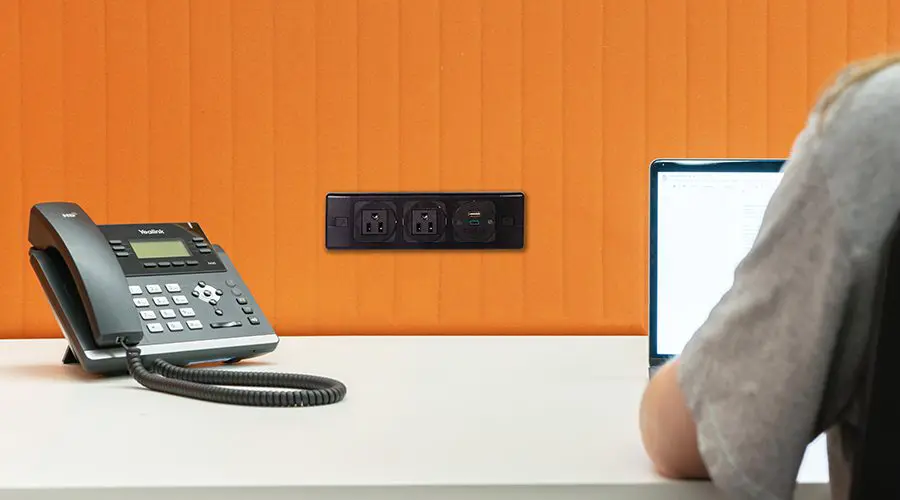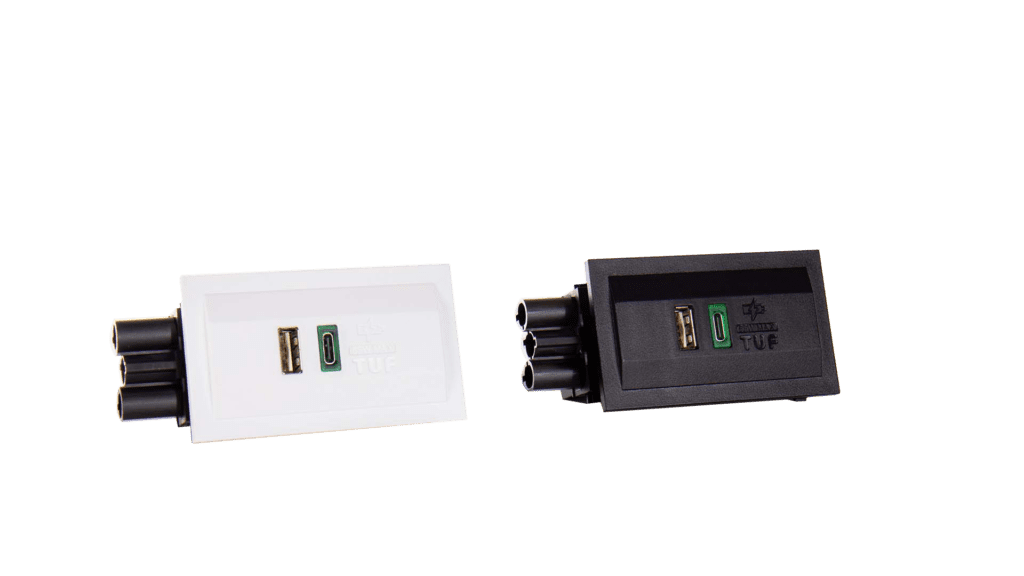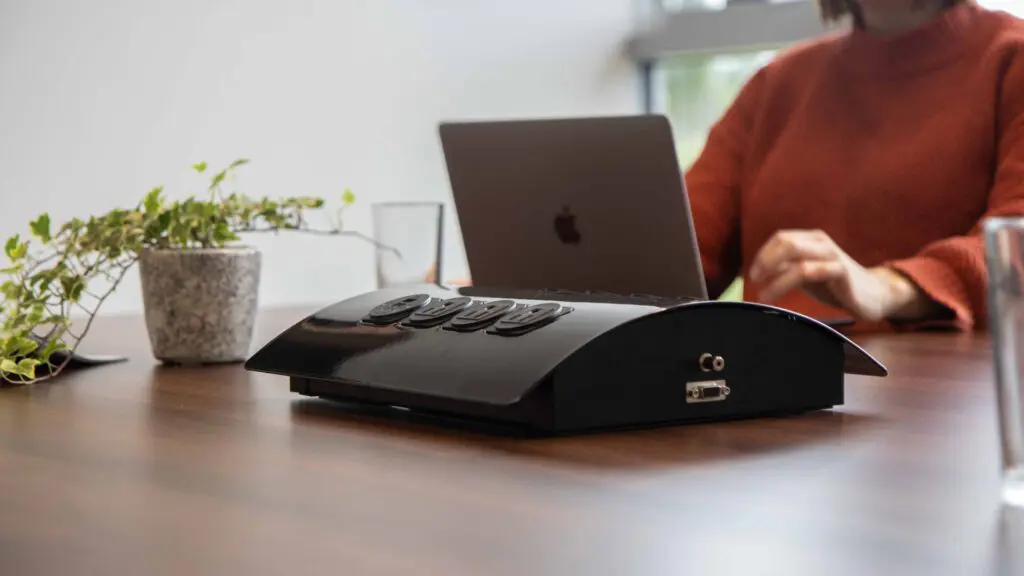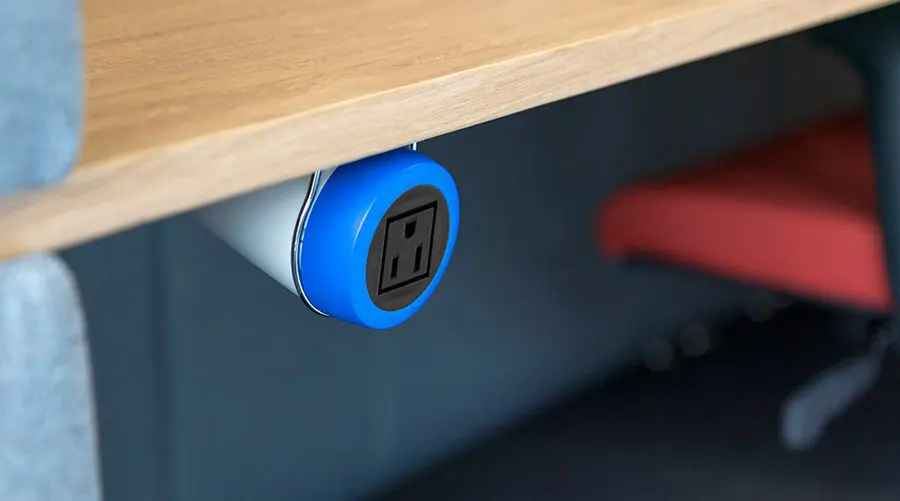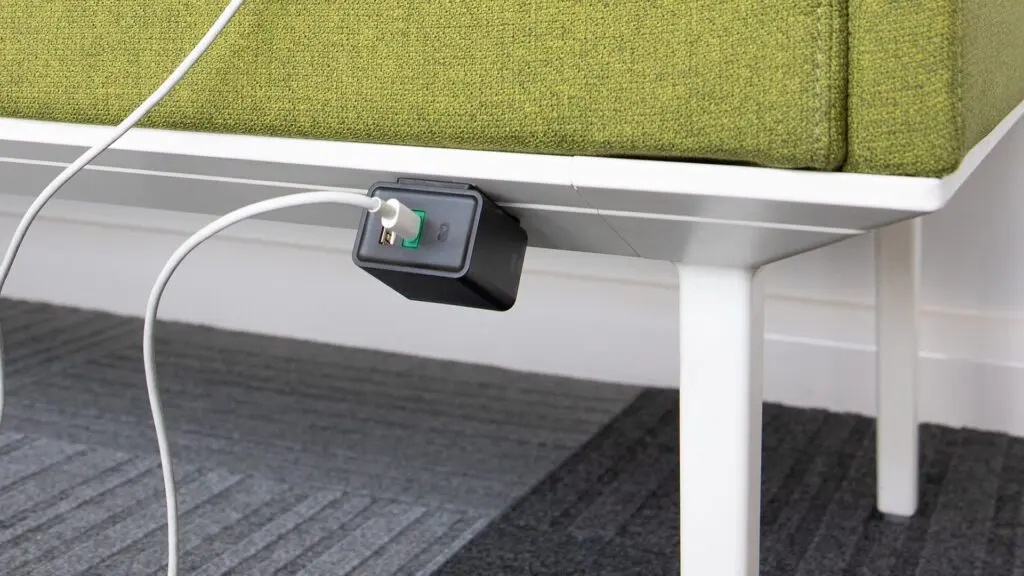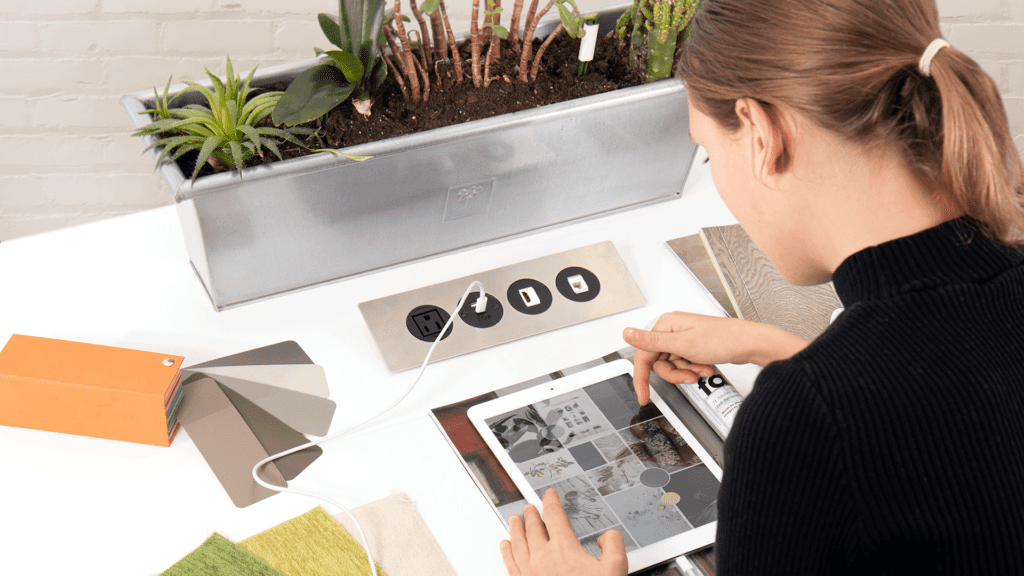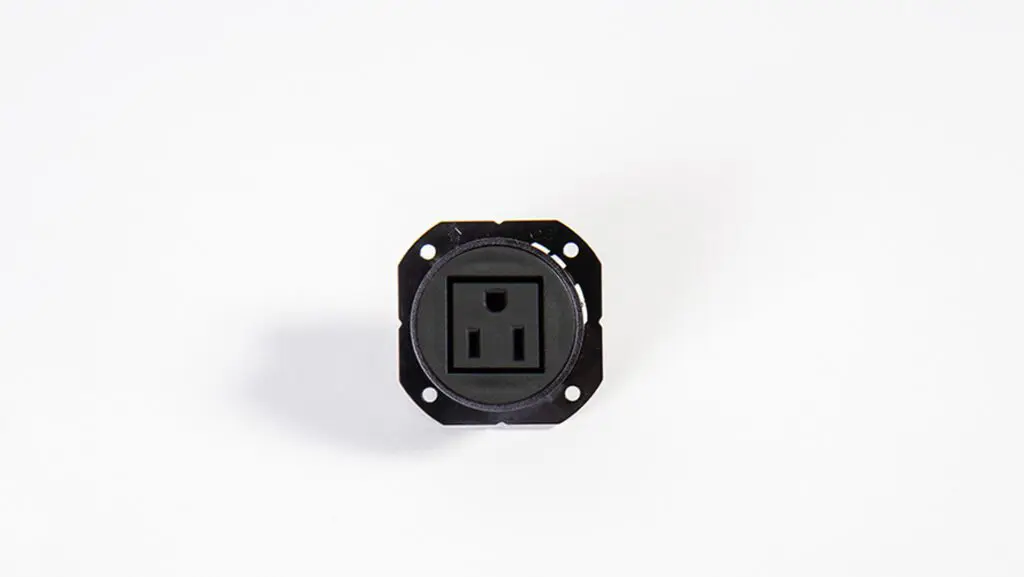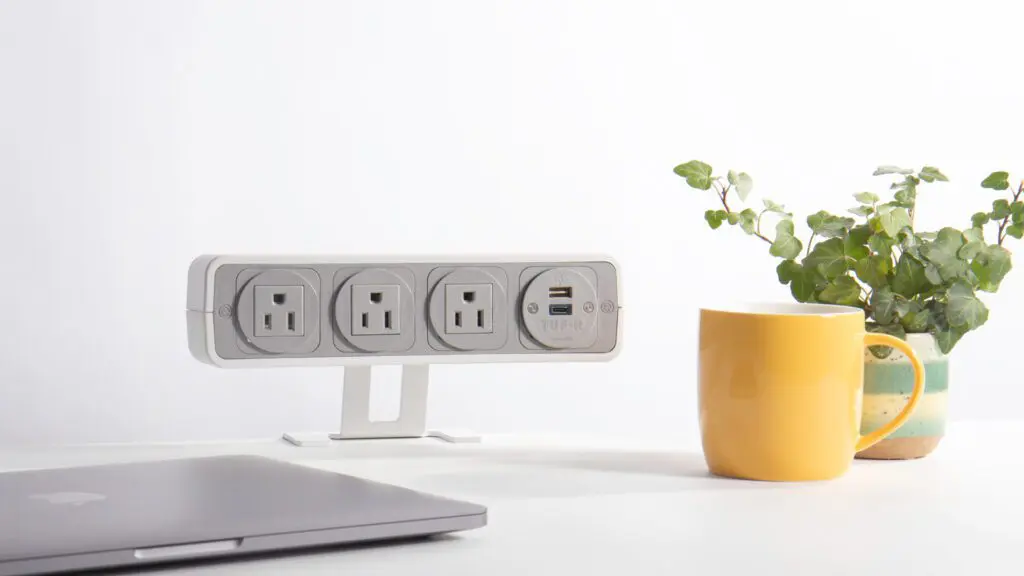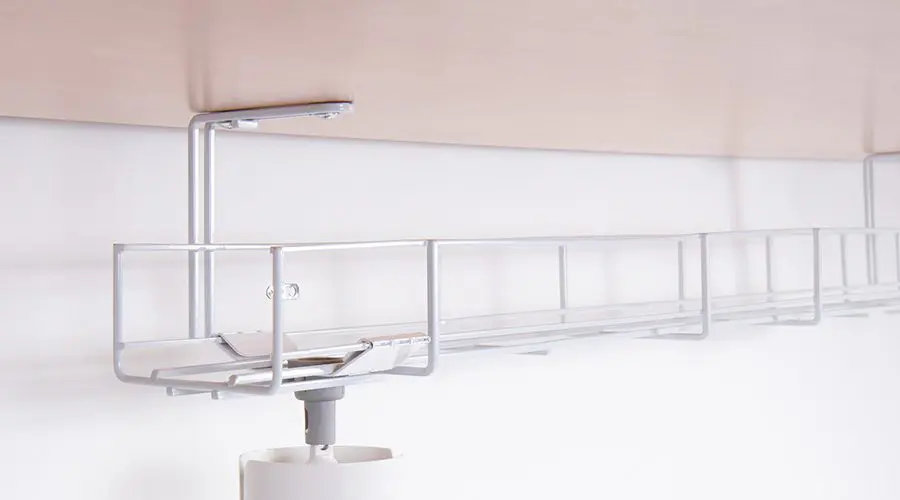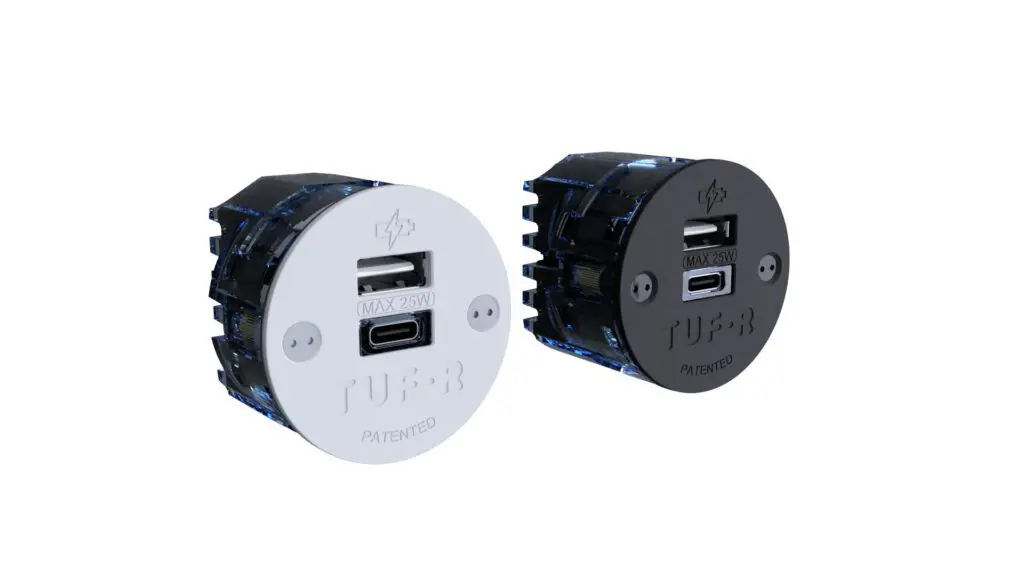Small Change, Big Impact: The Overlooked Benefits of a Weekly Bike Ride
Most people think McDonald’s makes its money selling burgers.
Technically, it does. Billions of them, in fact.
But the real secret to McDonald’s wealth isn’t the fries. It’s the foundations.
McDonald’s owns much of the land and buildings that its restaurants sit on. Franchisees pay rent to use that property, meaning McDonald’s earns from both the burger business AND the real estate.
Two streams of profit, one clever move.
That’s the power of getting multiple returns from a single action.

And while you and I may not be in the business of fast food empires, the same principle applies to something much closer to home: your daily commute.
Because here’s the thing…
Cycling to work once a week might just be the most underrated climate solution that also improves our lives in so many more ways than we usually consider.
When you swap your car ride for a bike ride, you’re not just helping the planet, you’re also stacking 5 other measurable benefits that most people overlook.
It’s the sustainability equivalent of the McDonald’s model — one simple act that pays you back on multiple levels.
And unlike a real-estate portfolio, you don’t need millions of dollars to start, just a bike, a helmet, and the willingness to pedal.
So what are the REAL benefits to cycling to work once a week? Let’s dig into the data…
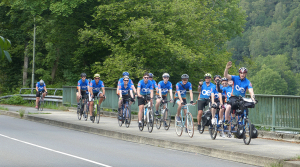
The Carbon Savings: One Ride, Two Trees
Let’s zoom out for a second…
A 30-minute bike ride each way — which for most people works out to roughly a 10-mile round trip (give or take, depending on traffic, terrain, and how determined you are to beat the lights) — saves around 6 pounds of CO₂ over driving.
Do that once a week for a year, and you’ve prevented roughly 300 pounds of CO₂ from entering the atmosphere.
According to the EPA, that’s about the carbon equivalent of:


And that’s just you…
Now imagine ten coworkers doing the same thing. That’s 1.5 tons of CO₂ avoided every year.
…Not through some futuristic technology or a complex offset scheme, but through simple, human-scale effort.
At OE Electrics, that’s exactly how we see change happening: not from the top down, but from the curb up.
A handful of people pedaling to work once a week becomes a culture shift. Before long, “green” stops being a buzzword and becomes… just the way we do things.
The Health Boost: It’s Exercise, but Sneaky
Here’s the beautiful thing about biking: it doesn’t feel like exercise.
A moderate 10-mile round trip doesn’t feel like a crazy workout. But it burns around 500 calories. Do that once a week and you’ve clocked roughly 25,000 calories a year…
The equivalent of 7 pounds of body fat, or 250 street tacos, if we’re using more meaningful units of measurement.
Beyond the numbers, there’s something deeper, too…
Biking gives your brain the kind of reset that a treadmill never could. You move, breathe, observe. You get sunlight, even on a cloudy day. (We’ve talked about the proven benefits of sunlight here, if you want to learn more.) Your mind unwinds as your legs spin.
Research shows that regular cycling can:
Improve cardiovascular health (Source)
Boost immune function (Source)
Reduce cortisol and improve tension, depression, and fatigue (Source)
And increase long-term happiness (Source)
Personally, I find it’s the best mental reset imaginable. It’s hard to worry about emails when you’re dodging a squirrel and watching the sun come up.
The Financials: Your Wallet Will Thank You
According to Automobile Association of America (AAA), the average cost of driving in the U.S. is about $0.72 per mile once you include fuel, maintenance, insurance, depreciation, and tires. (Source) And the rough cost of biking is about $0.43 per mile.
^^ Though at OE (and some other employers), bike costs are even cheaper than that…I’ll explain how in a minute.
For the math nerds (my people!) keep scrolling for how I got these numbers. But here’s the topline…
A weekly bike ride to work produces a net savings of $145/year.
$145/year x 7 years life of the bike = net savings $1,015.
It’s not shockingly massive, I’ll admit. But it’s also not too shabby, is it? And here’s the thing to remember…
Every mile you don’t drive maintains value in your car. So if you sold it after those 7 years, you’d get more money in the sale. And the more you ride your bike, the more the savings compound.
AND the bonus benefits (health, mood, stamina, environment) are meaningful value-adds that don’t appear on your bank statement.
Numbers hounds, read on for the calculations. (Normal people, you can skip to the next section. 
If your commute is roughly 10 miles round trip, that drive costs about:
10 miles × $0.72/mile = $7.20 per day
Now let’s multiply that weekly drive over a year:
$7.20 × 50 weeks = $360 per year
That’s $360 saved annually by removing one day per week of driving.
Now let’s factor in the bike costs…
Compared to a car, a commuter-bike is pretty cheap. We’ll use simple math and say a new bike costs $700, ridden for 7 years → $100/year.
Let’s say annual maintenance is around $100/year. And you also need to buy the basic gear one time (~$100 for helmet, lock, lights = $15/year).
So by replacing one 10-mile car commute per week with a bike ride:
You save $360/year (from driving)
You spend $215/year (bike costs)
- Net savings of $145/year
Grit, Growth, and Getting Comfortable with Discomfort
An eye-opening recent read for me was The Comfort Crisis by Michael Easter. The premise is simple: modern life has made us too comfortable for our own good.
We’ve traded struggle for convenience and lost the grit that comes from pushing through discomfort.
Biking, oddly enough, gives that back.
When you ride on a chilly morning, or in light rain, or up a hill that questions your life choices, you’re doing something that’s slightly inconvenient but deeply rewarding.
And afterwards? You feel incredible.
Not just because of endorphins, but because you did something hard. Something that wasn’t required. Something that mattered.
Discomfort is where confidence lives. Every drop of rain, every uphill slog, every “why am I doing this again?” moment strengthens that quiet resilience muscle.
And that does something to your brain.
Do that week after week, and you’re not just improving your commute. You’re becoming someone who does hard things. You’re rewriting your resilience.
The OE Way: Turning Small Rides into Big Change
At OE Electrics, we’ve seen firsthand how small sustainability actions compound into something meaningful.
A few examples:
Cycle to Work Scheme: In the UK, we make it easier for employees to buy bikes through salary sacrifice, spreading the cost across the year. It’s been brilliant for accessibility (and tax-efficient, which never hurts). In the U.S., there are similar employer-based programs and pre-tax commuter benefits that help offset the cost of cycling gear or maintenance. It’s worth asking HR about this.
Community in Motion: Back in 2019, our team cycled from Wakefield to Germany (hundreds of miles!) to celebrate the opening of our new German office. It wasn’t just a stunt; it was a statement about connection, teamwork, and living our values.
Rooted in Wakefield: Our previous Managing Director and Chairman, Dave Masters, was a passionate advocate for keeping OE’s roots local, supporting our West Yorkshire community, and creating sustainable local jobs. Encouraging cycling fit perfectly into that vision, giving employees local to OE House a greener, healthier way to get to work.
Making it Easier & Cheaper: We’ve added secure bike storage, hosted FREE repair days (to reduce maintenance costs and make biking even more cost-effective), and plan to expand the program after seeing how many employees are getting involved.
That’s what sustainability looks like in real life. Not shiny slogans, but steady progress.
The Challenge
So here’s my challenge to you…
Pick one day this week. Bike to work instead of drive.
(If you don’t own a bike, use a search engine and use basic search terms like “bike rental [your city, state]” or “where to rent a bike near me” to find one you can rent to test this out.)
That’s it.
Just try it! One time. And see how it feels.
You’ll save a few dollars. You’ll breathe cleaner air. You’ll feel that spark of pride that comes from doing something good — for yourself, for your community, for the planet.
And when the morning feels cold, or your legs protest halfway up a hill, remember: that’s not a problem. That’s the point.
Growth lives just on the other side of discomfort.
And if you really really don’t want to bike to work?
Here’s another thing you can try…
Carpool with a coworker.
Find a coworker who lives nearby (or meet at a central location) and drive to work in one car.
You’ll create similar climate-saving effects, you’ll save money, and you just might make a friend.
Big change doesn’t start with grand gestures. It starts with small decisions.
And if our team can bike from Wakefield to Germany, you can absolutely make it to work once a week.
